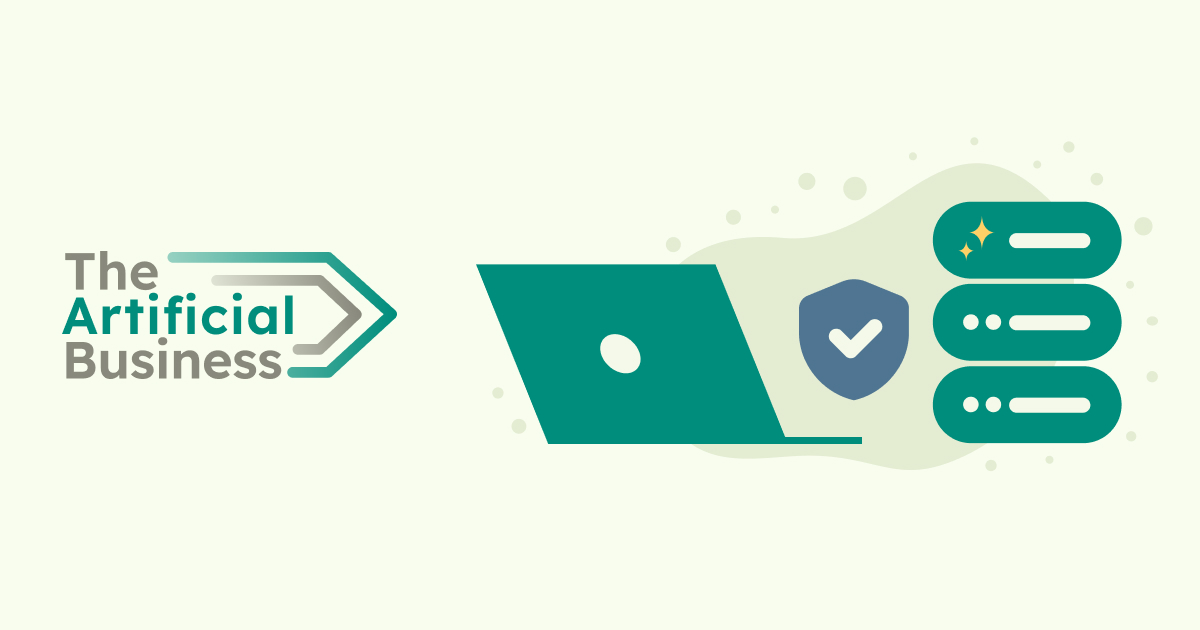Demystifying Generative AI: How It Works and Why Data Privacy Matters | The Artificial Business

Artificial Intelligence (AI) has become a buzzword in recent years, with generative AI taking center stage. But what exactly is generative AI, and how does it work? In this article, we’ll break down the concept of generative AI in simple terms and explore why data privacy is crucial when implementing AI solutions.
What is Generative AI?
Generative AI refers to artificial intelligence systems that can create new content, such as text, images, or even music. These systems learn from vast amounts of existing data to generate original outputs that mimic human-created content.
How Does Generative AI Work?
To understand generative AI, let’s break it down into simple steps:
Data Collection: The AI system is fed large amounts of data relevant to its task. For example, a text-generating AI might be trained on millions of books and articles.
Pattern Recognition: The AI analyzes this data to identify patterns and structures. It learns the rules of language, common phrases, and how ideas are typically expressed.
Model Creation: Based on these patterns, the AI builds a complex mathematical model that represents its understanding of the data.
Generation: When given a prompt or task, the AI uses its model to generate new content that follows the patterns it has learned.
Refinement: The output is often refined through multiple iterations to improve coherence and relevance.
Applications of Generative AI
Generative AI has a wide range of applications across various industries:
- Content Creation: Writing articles, stories, or marketing copy
- Image Generation: Creating artwork or realistic photos from text descriptions
- Code Generation: Assisting programmers by generating code snippets
- Product Design: Generating new product ideas or designs
- Language Translation: Improving the accuracy and naturalness of translations
The Importance of Data Privacy in AI
While generative AI offers exciting possibilities, it also raises important concerns about data privacy. Here’s why:
Training Data: AI systems learn from vast amounts of data, which may include sensitive personal information.
Output Generation: The AI might inadvertently reveal private information in its generated content.
Data Handling: Cloud-based AI solutions often involve sending data to external servers, potentially exposing it to security risks.
On-Premise AI: A Safer Alternative
To address these privacy concerns, companies like The Artificial Business offer on-premise AI solutions. Here’s why on-premise AI is a safer choice:
Data Control: Your data remains within your organization’s infrastructure, reducing the risk of external exposure.
GDPR Compliance: On-premise solutions make it easier to comply with data protection regulations like GDPR.
Customization: You can tailor the AI to your specific needs without compromising on data security.
Reduced Dependency: You’re not reliant on external cloud providers for your AI capabilities.
Conclusion
Generative AI is a powerful technology that’s transforming various industries. By understanding how it works, we can better appreciate its potential and limitations. As we embrace AI, it’s crucial to prioritize data privacy and consider secure solutions like on-premise AI to protect sensitive information.
Remember, while cloud-based AI solutions offer convenience, they may pose risks to data privacy. On-premise solutions, like those offered by The Artificial Business, provide a safer alternative that ensures data protection and regulatory compliance.
By demystifying generative AI and emphasizing the importance of data privacy, we can make informed decisions about implementing AI in our organizations and daily lives.